Opening
Have you heard of Tesla's autonomous driving system? As a tech enthusiast, I get incredibly excited every time I see Tesla news. I was absolutely amazed when I first saw a video of Tesla's autonomous driving in my social media feed! The car could navigate through traffic on its own, change lanes automatically, and self-park - scenes that seemed to only exist in science fiction movies. Today, I'll take you to explore the amazing applications of AI in smart transportation and see how it's changing the way we travel.
Technical Analysis
When it comes to autonomous driving, we must talk about its "eyes" and "brain". Every Tesla is equipped with 8 cameras, 12 ultrasonic sensors, and a forward-facing radar - these are its "eyes". The placement of these sensors isn't random; each position is carefully designed. There are three cameras in front, responsible for near, medium, and long-distance monitoring; two cameras on each side for observing lateral and rear conditions; and one rear-view camera for reversing and parking. These cameras act as the car's eyes, providing 360-degree observation of the surrounding environment.
Its "brain" is a powerful neural network system that processes billions of data points daily. This system uses deep learning technology and can improve its judgment through continuous learning. For instance, when it encounters a new traffic sign, it immediately transmits the image to the data center for analysis and shares this new knowledge with all Tesla vehicles. It's like a massive shared learning network, where each car contributes data and experience to the entire system.
Tesla's neural network system uses state-of-the-art computing chips with processing speeds reaching trillions of calculations per second. This powerful computing capability allows it to complete environmental perception, path planning, and control decisions within milliseconds. For example, when you activate autopilot on a highway, the system simultaneously processes dozens of different tasks: identifying lane lines, monitoring surrounding vehicles' speed and position, predicting possible trajectories of other vehicles, calculating optimal driving routes, and more.
2023 data shows that Tesla's autonomous driving system has accumulated over 10 billion miles, equivalent to circling the Earth 40,000 times. During this process, the system continuously learns and optimizes, with an accident rate 40% lower than human drivers. This data is truly impressive, considering that human drivers need dozens of hours of training and testing to get on the road, while the autonomous driving system has achieved such excellent performance in just a few years.
Another important component of the autonomous driving system is high-precision mapping. Every Tesla continuously collects road information, including road shapes, traffic signs, and road conditions. This information is uploaded to the cloud, forming a real-time updated high-precision map database. Thus, when driving a Tesla, the vehicle not only sees current road conditions but can also anticipate upcoming road situations to make better driving decisions.
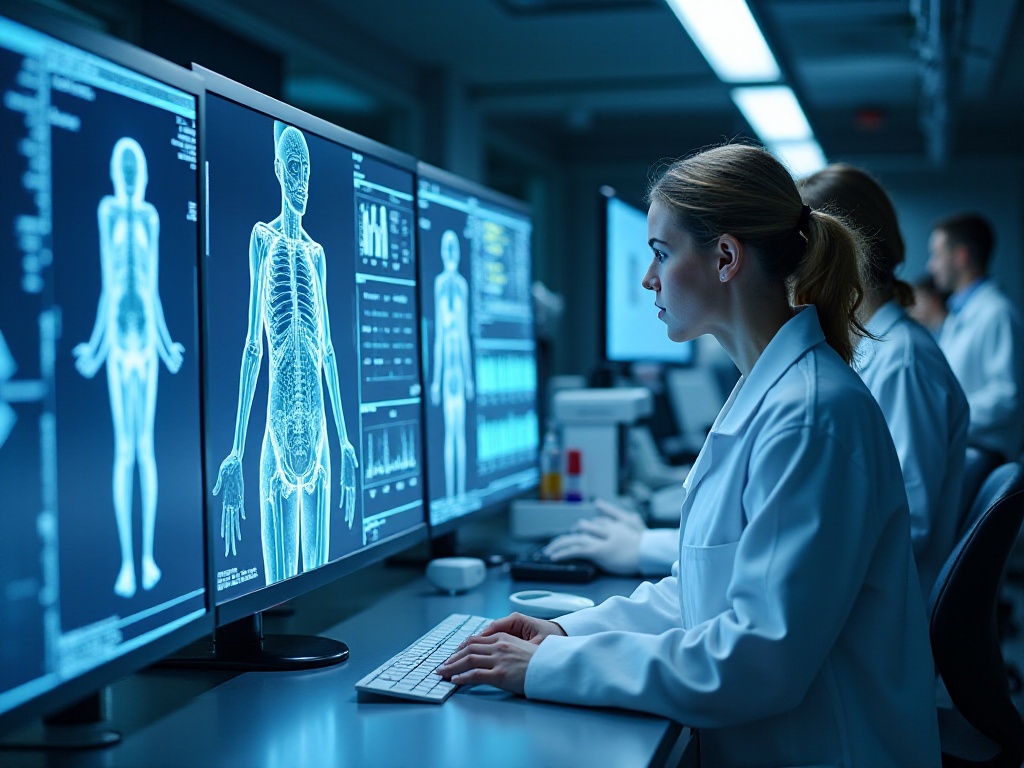
Application Scenarios
I remember experiencing Tesla Model Y's autonomous driving in Beijing last winter. It was snowing with low visibility, but the vehicle could still accurately identify vehicles ahead, pedestrians, and road signs. That day's experience left a deep impression on me because even I would feel nervous driving in such weather conditions, but Tesla's performance was remarkably stable.
The system can not only accurately identify vehicles and pedestrians ahead but also predict their possible lane changes or road crossing behaviors based on their movement trajectories. For example, when the system detects a pedestrian moving toward the middle of the road, it will slow down preemptively even before the person steps onto the crosswalk, preparing for potential emergencies. This predictive judgment is sometimes faster than human drivers' reactions.
Current autonomous driving systems can handle not just basic straight-line driving but also complex operations like lane changes and parking. On crowded city roads, the system can precisely calculate distances from other vehicles and complete lane changes while ensuring safety. In parking lots, it demonstrates exceptional capability. When parking at a shopping mall, you only need to press a button, and the vehicle can automatically find a spot and complete parking. This feature is particularly popular in major cities like Beijing, Shanghai, Guangzhou, and Shenzhen, where parking is challenging.
The automatic parking feature is especially noteworthy. Traditional parking assist systems can only handle relatively simple parallel or perpendicular parking, but Tesla's system can handle various complex parking scenarios. For instance, in narrow underground garages, the system calculates the most suitable parking route based on pillar and wall positions. It can easily handle parking spots that require multiple adjustments.
On highways, the advantages of autonomous driving systems are even more apparent. Long-duration high-speed driving can make people tired, but machines don't experience fatigue. The system can continuously maintain optimal driving conditions, automatically adjusting speed based on the vehicle ahead and maintaining safe distances. When overtaking is needed, the system automatically assesses surrounding traffic conditions and chooses appropriate timing to complete the maneuver.
On city roads, the system also handles complex traffic situations well. Functions like traffic light recognition, lane keeping, and pedestrian avoidance are quite mature. Especially in congested sections, the system can precisely control speed, neither following too closely to create danger nor leaving too much space that would allow other vehicles to cut in.
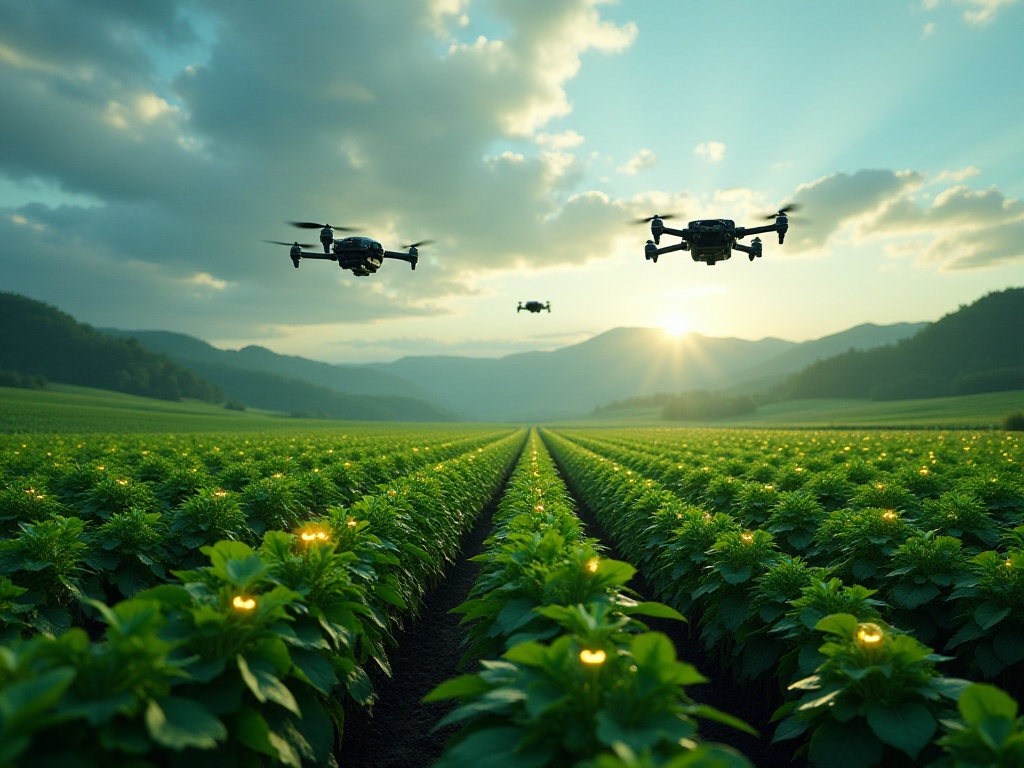
Development Trends
Looking at current development trends, autonomous driving technology is advancing toward Level 4. Level 4 means achieving full autonomous driving within specific areas without human driver intervention. This means that someday in the future, you could sleep in your car while it takes you to your destination.
According to McKinsey's research report, the global autonomous driving market will reach $1.9 trillion by 2025. This number reflects not just technological progress but society's expectations for intelligent transportation. With the popularization of 5G networks, communication between vehicles will become faster and more stable, providing important support for further development of autonomous driving technology.
The development of autonomous driving technology is also driving the upgrade of the entire automotive supply chain. Traditional auto parts suppliers are transforming to develop new sensors and control systems adapted for autonomous driving. Chip manufacturers are also increasing investment in developing high-performance processors specifically for autonomous driving. This collaborative development of the industry chain will further promote the popularization of autonomous driving technology.
You might ask, is this technology really safe? Indeed, safety is everyone's primary concern. However, data shows that in the past three years, Tesla's autonomous driving system has only one accident per 4 million miles, while human drivers average one accident per 500,000 miles. This comparison is quite striking, showing that autonomous driving systems have far surpassed human drivers in terms of safety.
The development of autonomous driving technology is also promoting updates to traffic regulations. Multiple countries and regions have begun establishing laws and regulations specifically for autonomous vehicles, clarifying their rights and responsibilities on the road. The improvement of these regulations has cleared legal obstacles for the large-scale commercial application of autonomous driving technology.
On the technical level, autonomous driving systems are developing toward greater intelligence. The new generation of systems can handle not only routine driving scenarios but also various extreme situations. For example, driving in severe weather conditions like heavy rain and fog, or navigating through complex construction zones. The system is breaking through these technical challenges through continuous learning and optimization.
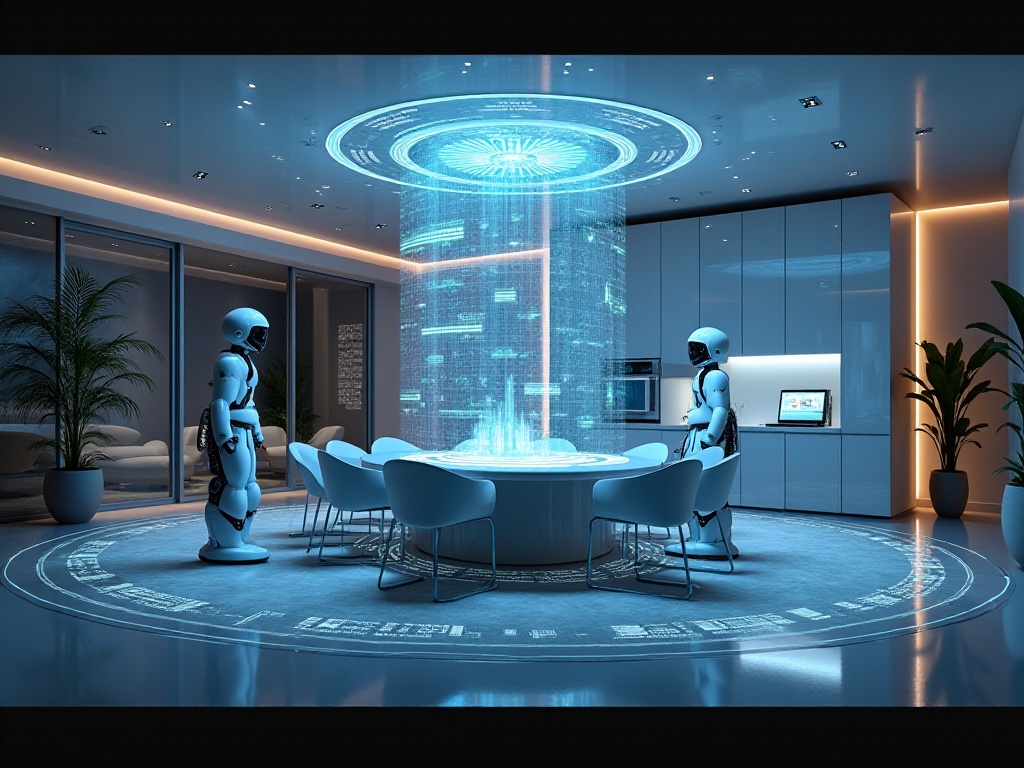
Future Outlook
I believe that with the popularization of 5G technology and advancement of AI algorithms, autonomous driving will become more intelligent and safer. The future urban transportation system will be a highly intelligent network where all vehicles can share information in real-time and coordinate actions. This intelligent transportation system will not only improve road traffic efficiency but also greatly reduce traffic accident rates.
Imagine in the future smart city, your car won't just drive autonomously but will also automatically plan optimal routes based on your schedule. For example, if the system knows you have an important meeting in the afternoon, it will calculate traffic conditions in advance and choose the route least likely to have congestion, ensuring you arrive on time.
Even more exciting is that future autonomous vehicles might form an intelligent transportation network. Each vehicle would be like a node in the network, able to share real-time traffic information and coordinate actions. This could prevent traffic congestion and improve road utilization efficiency. For instance, when a traffic accident occurs ahead, the system would immediately notify vehicles behind to change routes early, avoiding widespread congestion.
The development of autonomous driving technology will also change our lifestyle. When vehicles can drive autonomously, we can do other things during commute time, like handling work emails or simply resting. This not only improves work efficiency but also reduces commuting fatigue.
However, technological development always comes with challenges. For example, the ethical decision-making problem of autonomous vehicles: how should the system choose between different targets in unavoidable accidents? This issue involves not just technical aspects but also ethical and legal considerations that require discussion from all sectors of society.
Additionally, data security and privacy protection are issues that need special attention. Autonomous driving systems need to collect large amounts of data, including vehicle location information and driving trajectories. How to protect this data from misuse and how to find a balance between ensuring system performance and protecting user privacy are issues that need careful consideration.
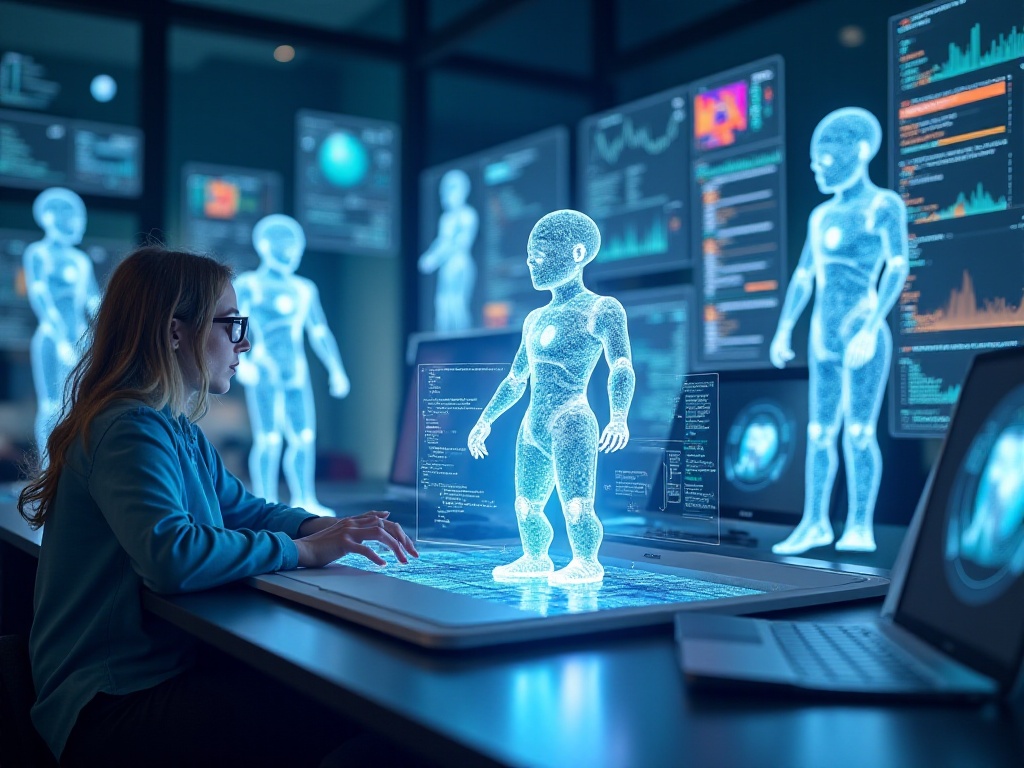
Practical Suggestions
If you're interested in autonomous driving, I suggest starting with these aspects: First, follow the technological developments of companies like Tesla and Baidu. These companies often release the latest technical progress and experimental data. By following this information, you can understand the latest development directions in autonomous driving technology.
Second, you can personally experience existing autonomous driving systems. Many car brands offer test drives. Through actual experience, you can more intuitively feel the charm of this technology. During the experience, pay attention to how the system handles different driving scenarios, which will help you better understand the working principles of autonomous driving technology.
Finally, you can learn some basic AI knowledge. The core of autonomous driving technology is artificial intelligence. Understanding some basic machine learning concepts and algorithm principles will help you better understand this technology. There are many free AI courses and tutorials online, and you can choose suitable learning materials based on your interests and time.
Additionally, attending autonomous driving-related exhibitions and forums is a good choice. At these events, you can meet industry experts and practitioners, learning more internal industry information and insights. This is also a good opportunity for exchange and learning.
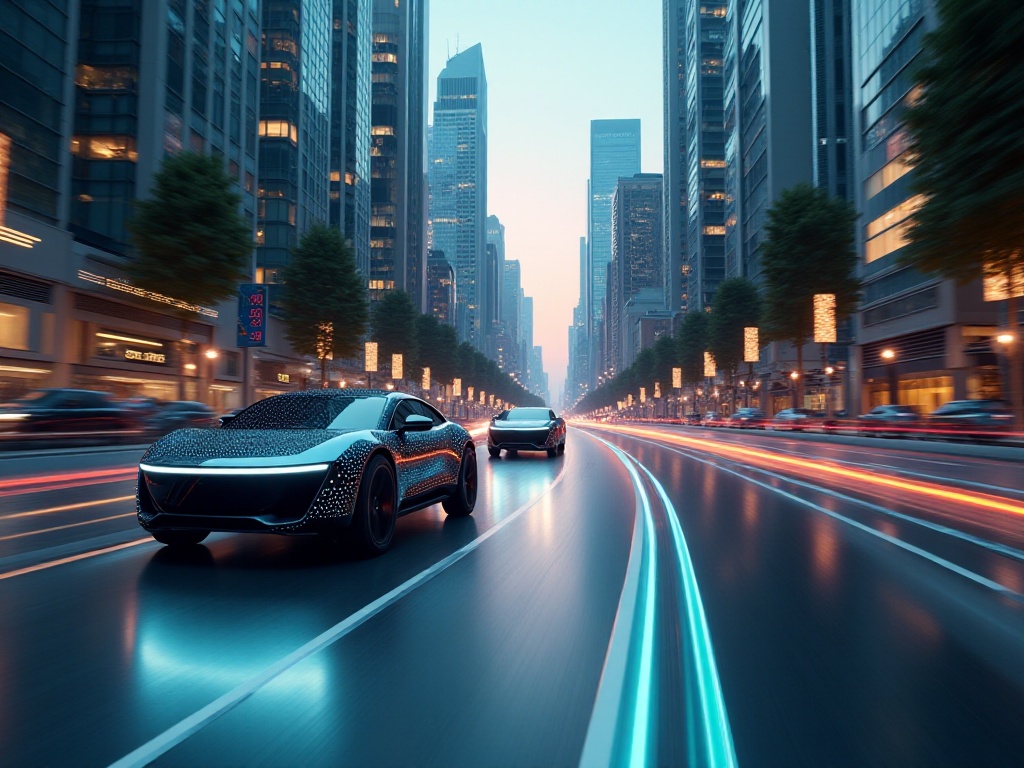
Final Thoughts
Looking back at the development journey of the autonomous driving field, we can see the tremendous changes brought by AI technology. From initial driver assistance systems to current highly automated driving systems, each step of progress crystallizes the wisdom and effort of countless engineers and researchers.
Autonomous driving technology has not only changed our way of travel, but more importantly, it demonstrates the unlimited possibilities of technological innovation. It shows us that through technological innovation, we can make life safer, more convenient, and more efficient. This change is reflected not only in transportation but will also affect urban planning, energy utilization, and many other aspects.
Tesla's success story tells us that with the courage to innovate and determination to persist, no technical challenge is insurmountable. Though the path may be winding, as long as the direction is right, the destination will be reached.
Looking to the future, I believe autonomous driving technology will bring us more surprises. Perhaps in the near future, the saying "like owner, like car" will change to "car better than owner." After all, in some aspects, AI has indeed surpassed human capabilities.
What do you think future intelligent transportation will look like? Feel free to share your thoughts in the comments section.





